Communities Make The Difference: World Aids Day 1st December
World Aids Day is commemorated every year on 1st December. Check out all the important things related to HIV/AIDS - Symptoms. causes, etc.
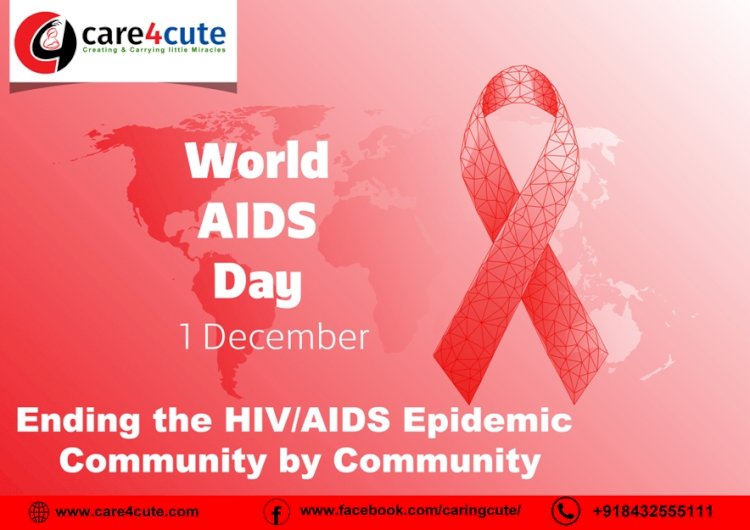
World Aids day is celebrated on 1st December of every year. It is celebrated to raise awareness, educate and improve the understanding about AIDS and global spread of the HIV virus. It provides an opportunity to understand the enourmosity of the AIDS pandemic and nation’s responsibility to ensure universal treatment, care and support for people living with HIV and AIDS.
On this day UNAIDS is campaigning for people to know their HIV status and their viral load. Theme for this year’s world Aids day is “Ending the HIV/AIDS epidemic Community by community.”
According to UNAIDS data 2019 report, an estimated
- 37.9 million people globally are living with HIV in 2018.
- 770000 people died from AIDS related illness.
- 74.9 million people have become infected with HIV since the start of the epidemic till 2018.
- Near about 8.1 million people didn’t know that they were living with this disease.
In India, 21 lakhs people were living with HIV in 2017. National adult (15–49 years) HIV prevalence in India is estimated at 0.22% (0.16% – 0.30%) in 2017. In 2017, adult HIV prevalence is estimated at 0.25% (0.18-0.34) among males and at 0.19% (0.14-0.25) among Females.
Among the states, Maharashtra has the highest number of PLHIV (more than 3.30 Lakhs) and followed by Andhra Pradesh.
According NACO, new HIV infection declined by 85% since the peak of 1995 and by 27% between 2010- 2017.
India is estimated to have 22.67 thousand HIV positive women who gave birth in 2017.Mother to child transmission in Maharashtra has highest number (2.41 thousand) followed by Uttar Pradesh, Bihar, Andhra Pradesh and Karnataka.
What is HIV/AIDS?
HIV (human immunodeficiency virus) is a virus that damages the immune system. The immune system helps the body fighting infections, making a person more vulnerable to other infections and diseases.
HIV is a sexually transmitted infection (STI) and it can also be spread by contact with infected blood or from mother to child during pregnancy or breastfeeding. The most advanced stage of HIV infection is called as Acquired immunodeficiency Syndrome (AIDS), which can take from 2 to 15 years to develop if not treated, depending on the individual. AIDS is defined by the development of certain cancers, recurrent infections or other severe clinical manifestations.
Symptoms of HIV/AIDS:
The symptoms of HIV and AIDS vary depending on the stage of infection. People living with HIV tends to be most infectious during first few months after being infected. Many are unaware of their status until the later stages. There are three stages of HIV and symptoms develop accordingly.
Acute HIV
Most people infected by HIV develop flu-like illness within 2 to 6 weeks after the virus enters the body. It is called acute retroviral syndrome or primary HIV infection. Possible flu-like signs and symptoms include:
- Fever
- Headache
- Muscle aches and joint pain
- Fatigue
- Night sweats
- Sore throat
- Red rash
- Swollen lymph glands
- Mouth ulcers
These patients might have come into contact with someone with HIV in the past 2 to 6 weeks. The infection spreads more easily during primary infection than during the next stage.
Clinical Latency (Chronic HIV)
Persistent swelling of lymph nodes occurs during this stage. People may not feel sick or have any major symptoms. HIV virus remains in the body and now it infects white blood cells. This stage is also called chronic HIV infection. Without treatment, this stage of HIV lasts around 10 years, but more severe disease may develop much sooner. Chronic symptoms are as following:
- Diarrhea
- Fever
- Weight loss
- Oral infection
- Swollen lymph nodes
- Fatigue
AIDS
AIDS is the advance stage of HIV infection. In this CD4 T- cell count drops below 200 and immune system gets severely damaged. It is defined by the occurrence of any of more than 20 opportunistic infections. The signs and symptoms such as:
- Weight loss with no obvious reason
- Chronic diarrhea
- Recurring fever
- Being tired all the time
- Soaking night sweats
- Pneumonia
- Sores of the mouth, anus and genitals
- Shortness of breath
- Unexplained fatigue
- Night sweats
- Memory loss
- Neurologic disorder
Causes of HIV/AIDS
HIV virus is a retrovirus that was found in 1983. The virus is responsible for causing Acquired immunodeficiency Syndrome (AIDS). To become infected with HIV infected blood, semen or vaginal secretions must enter the human body. HIV infection is spread through several ways:
Sexual contact: The most frequent mode of transmission of HIV is through vaginal, anal or oral sex with an infected person whose blood, semen or vaginal secretions enter body.
Sharing needles or syringes: HIV can be transmitted through sharing contaminated intravenous drug paraphernalia.
Blood transfusion: In some cases blood product or organs transplants that are contaminated with HIV can result into HIV infection.
During pregnancy or delivery or through breast feeding: A pregnant woman infected with HIV virus can transmit the virus to baby during pregnancy, birth or breastfeeding.
High risk group: Female sex workers, men who have sex with men, transgender, migrant workers, truckers and injecting drug users belong to high risk groups.
HIV is not transmitted in these cases:
- Shaking hands
- Sharing toilet
- sharing dishes
- By mosquitoes
- By hugging
Risk factors: Risk factor makes the chances of getting a diseases or condition higher. Lifestyle factors are linked to HIV infection. Anyone of any age, race, sex or orientation can be infected. There are the higher risk factors of HIV/AIDS as following:
- Having unprotected anal or vaginal sex
- Having sexually transmitted sex (STI)
- Receive unsafe injections, blood transfusions and tissue/organ transplantation
- Use intravenous drugs
- Sharing contaminated needles
- Accidental needle injuries
Diagnosis:
HIV is commonly diagnosed through diagnostic test. These tests look for antibodies to the virus that the body creates in an attempt to fight the virus. Most health care providers offer HIV testing, often with appropriate counseling. During testing doctor will ask about medical history, symptoms and perform a physical examination. The primary test for diagnosing HIV/AIDS is ELIS, which is used to detect the HIV antibody. Oral fluid collected from the cheeks and gums may be used to perform an ELISA. It checks for certain proteins that the body makes in response to HIV. A reactive ELISA for all samples must be used with confirmatory test, such as western blood test to make a positive diagnosis.
Prevention of HIV/AIDS: There is no vaccine to prevent HIV infection and no cure for AIDS. But it can be prevented.
- Awareness Generation
- Male and female condom use
- Testing and counseling
- Harm reduction for people who inject and use drugs
- Tell sexual partner if anyone is suffering from HIV
- Pregnant woman should get medical care right way/ routine antenatal screening/ Start HIV treatment immediately if found positive for HIV
- Consider male circumcision
- Post- exposure prophylaxis (PEP)
Treatment of HIV/AIDS:
There is no cure for HIV/AIDS, but many different drugs are available to control the virus. The main treatment of HIV is ART (antiretroviral therapy) , a combination of daily medications that stops the virus. ART suppress viral replication within a person’s body and strengthen an individual’s immune system to fight with infections. There are six classes of antiretroviral medications.
- Nucleoside reverse transcriptase inhibitors
- Non nucleoside reverse transcriptase inhibitors
- Protease inhibitors
- Entry or fusion inhibitors
- Integrase/transfer inhibitors
- Booster drugs
Awareness is the best prevention for AIDS. There is no cure for HIV infection. However effective antiretroviral drugs can control the virus and help prevent transmission.









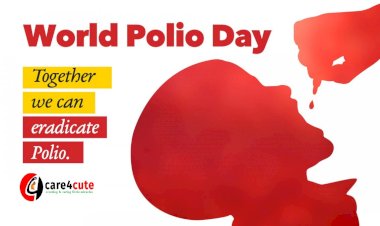




















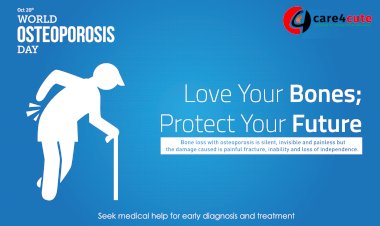

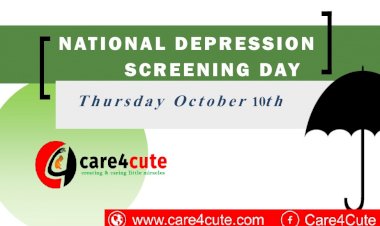
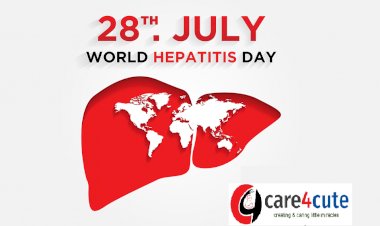

Comments (0)